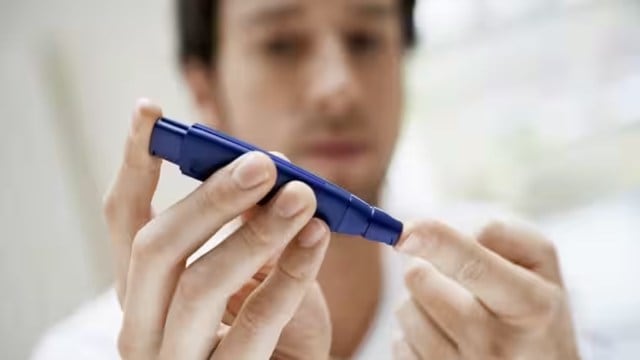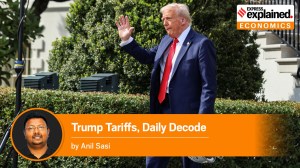Will US tariffs hit the medical device industry in India? Here’s decoding the ripple effect
Pharma gets breather as Indian cos supply 47% of all generic medicines prescribed in the US
 Medical device industry, which is still a growing sector within the country, is likely to be impacted significantly. (Representational Image)
Medical device industry, which is still a growing sector within the country, is likely to be impacted significantly. (Representational Image)Exclusion of pharmaceuticals from the reciprocal tariffs being imposed by the Trump administration has come as a huge relief to Indian drug manufacturers, with the US being their largest market — accounting for 31.3% of the total exports in 2024. But the medical device industry, which is still a growing sector within the country, is likely to be impacted significantly.
How will the tariffs impact the medical device industry?
First, imposing a 26% tariff on medical devices imported from India will be a sharp escalation from previous tariffs. “Historically, tariffs on medical devices from India ranged between 0 and 6%, mostly close to zero. This is also higher than tariffs charged on medical devices imported by India from the US, which have historically ranged between 0 and 7.5%, mostly closer to 7.5%,” said Rajiv Nath, Forum Coordinator, Association of Indian Medical Device Industry (AiMeD).
Second, India exported medical devices less than half the value of what it imports from the US. India exported medical devices worth $714.3 million to the US while it imported medical devices worth $1519 million, according to data presented in the Parliament.
Third, it will leave a very small margin for the Indian industry and its competitors such as China. The tariff imposed on Chinese imports is 34%, eight percentage points higher than India. “While India may seemingly gain a marginal price advantage over China, in certain low-risk, high-volume consumables, the real impact may not be significant,” said Himanshu Baid, Managing Director of Polymedicure.
Fourth, the industry has concerns that competitors may route their products through a third country with lower tariffs such as the UK or UAE.
Fifth, other non-tariff barriers to entry of Indian products remain in place. “India’s primary obstacle remains non-tariff barriers rather than tariffs themselves. When it comes to regulatory processes, the US FDA approval costs range from $9,280 to over $540,000, whereas US exporters face relatively minimal costs when entering India,” said Baid.
What does India export to the US?
Polyethylene bags are the most common export to the US. Along with catheters, artificial joints, surgical knives, and spectacle lenses, top exports from India to the US also include MRI machines, ECG machines, endoscopes, and X-ray tubes. “It is surprising to see some of the items like MRI machines and artificial joints on both the top imports and exports list. There are certain products for which Indian companies are globally competitive and several countries trust Indian products more than those manufactured by our neighbours. But when it comes to India, with American companies offering competitive pricing, many hospitals choose to buy the well-known products rather than relatively new ones manufactured by Indian companies,” said Nath.
What does India import from the US?
These include MRI machines, CT machines, artificial joints, gas analysis apparatus used to monitor levels of gases such as oxygen and carbon dioxide in the body, mass spectrometers and orthopaedic or fracture appliances among others. The tariff imposed by India on most of the top ten products is 7.5 per cent, with a tariff of 10 per cent on the gas analysis apparatus and 0 per cent on chromatographs and mass spectrometers (high end equipment used in hospital laboratories).
Why is the pharmaceutical industry exempt from the tariffs?
Indian companies supply 47% of all generic medicines prescribed in the US. And, more than half of the prescriptions of five of the ten most common therapy areas — hypertension, mental health, medicines to control lipids, medicines for nervous system disorders, and anti-ulcer drugs — were supplied by India too. Medicines from Indian companies provided $219 billion in savings to the US healthcare system in 2022, according to data from IQVIA.
India exported pharmaceuticals worth $8.7 billion.
Must Read
Buzzing Now



Apr 15: Latest News
- 01
- 02
- 03
- 04
- 05























